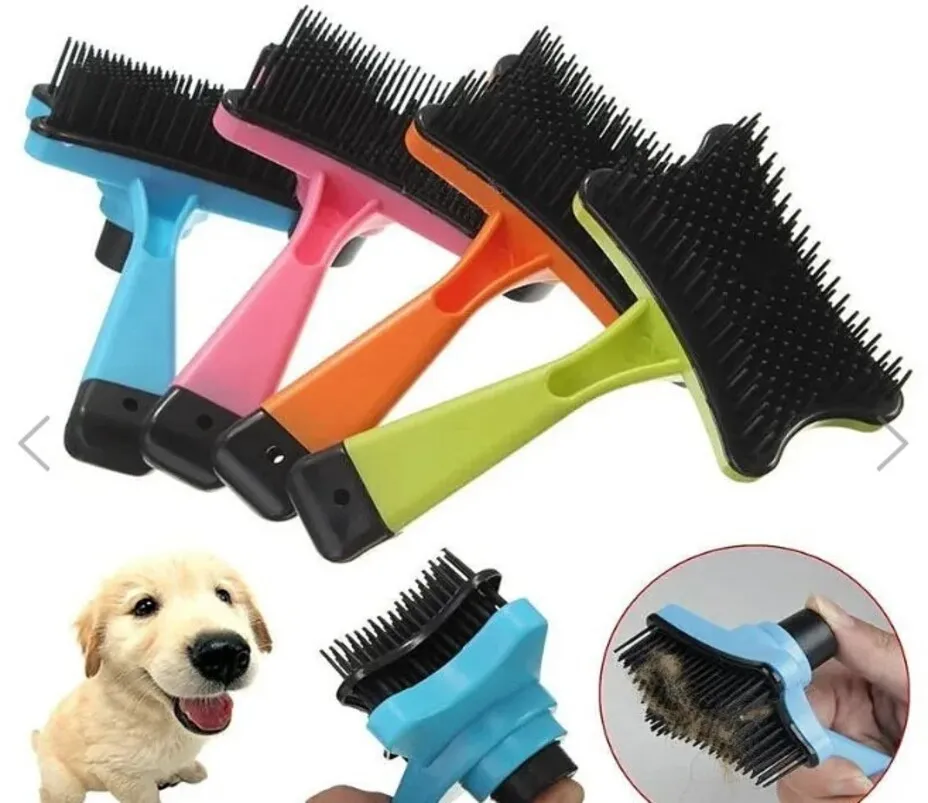Don't Get Comb-fused: Choosing the Right Comb for Your Canine Companion

Don't Get Comb-fused: Choosing the Right Comb for Your Canine Companion
Brushing your dog is an essential part of keeping them healthy and happy. It removes loose hair, dirt, and debris, promotes blood circulation, and distributes natural oils that keep their coat shiny and tangle-free. But when it comes to grooming tools, there are brushes and then there are combs.
In this blog post, we'll be diving deep into the world of dog combs, helping you choose the perfect one for your furry friend's furtastic needs!
Why Use a Comb?
While brushes are great for general coat maintenance, combs are your secret weapon for tackling tangles and mats. Their fine teeth are designed to gently work through knotted fur, minimizing pulling and discomfort for your dog.
Combs are also useful for:
- Reaching tight spots: Those hard-to-reach areas behind the ears or around the legs? A comb can navigate these spots with ease.
- Removing debris: Foxtails, burrs, and other pesky hitchhikers can be easily removed with a comb.
- Finishing touches: After brushing, a comb can be used to smooth out the coat and ensure a polished look.
Comb Types: A Canine Arsenal
Just like brushes, there's a variety of combs available, each with its own strengths:
- Greyhound combs: These wide-toothed combs are ideal for long-haired dogs with minimal undercoat.
- Undercoat rakes: Perfect for heavy shedders, these combs remove loose undercoat before it ends up all over your furniture.
- Flea combs: Featuring fine, closely spaced teeth, these combs not only remove tangles but also help detect and eliminate fleas.
- Metal combs: Sturdy and versatile, metal combs are great for general detangling and can withstand thick or matted fur.
Choosing the Comb that Combines with Your Canine
The best comb for your dog depends on their coat type:
- Short hair: Consider a fine-toothed comb for removing debris and smoothing the coat.
- Medium hair: A greyhound comb or a metal comb with medium-spaced teeth will be your best bet.
- Long hair: Long-haired breeds benefit from a combination of a comb and a brush. Use a wide-toothed comb to detangle, followed by a brush for overall coat maintenance.
Comb Like a Pro: Tips for Taming Tangles
- Start with a detangling spray: This will help loosen knots and make combing easier.
- Be gentle: Work through tangles slowly and patiently, section by section.
- Brush before combing: Brushing removes loose hair and prevents further matting before detangling.
- Reward good behavior: Positive reinforcement makes grooming a positive experience for both of you.
Conclusion
Combs are a valuable addition to any dog owner's grooming arsenal. With the right comb and a little know-how, you can keep your dog's coat tangle-free, healthy, and looking its best!





Comments
No comment at this time!
Leave your comment